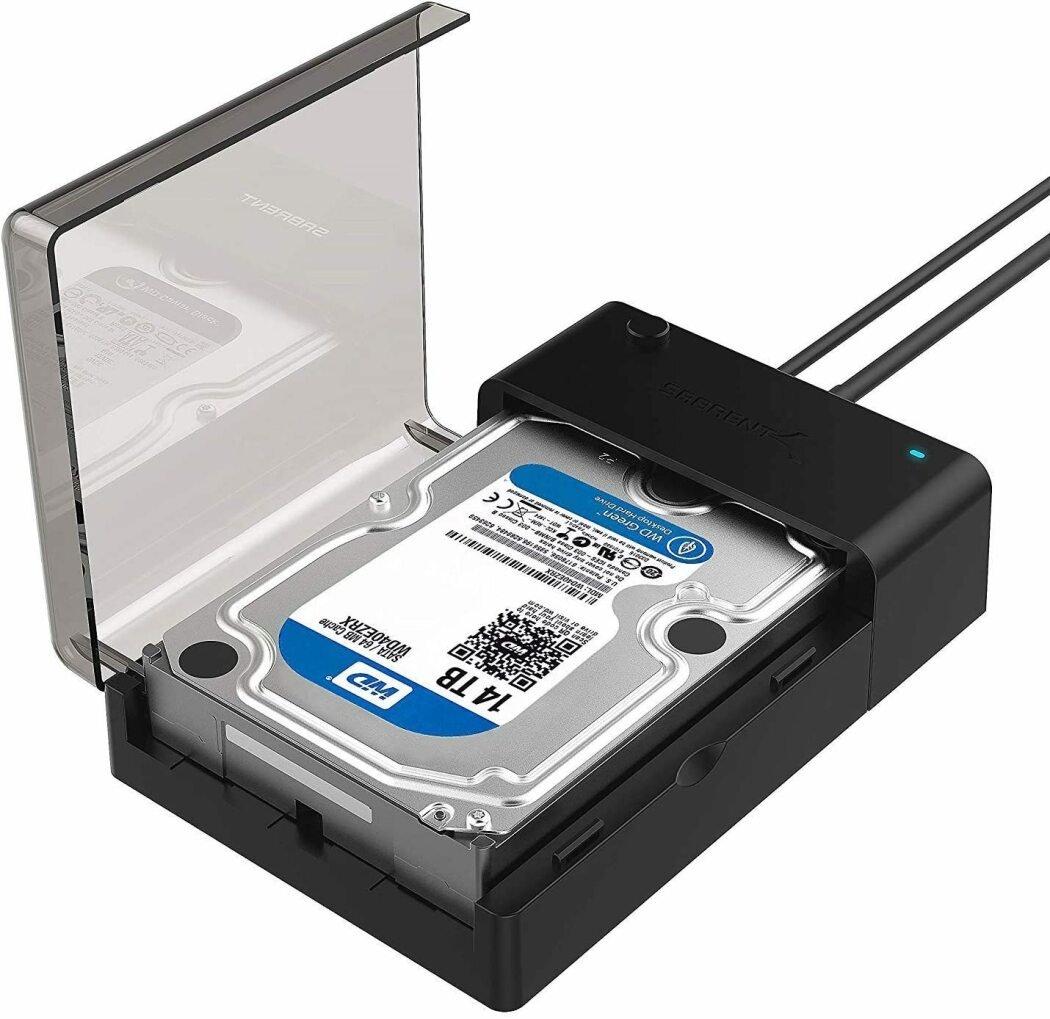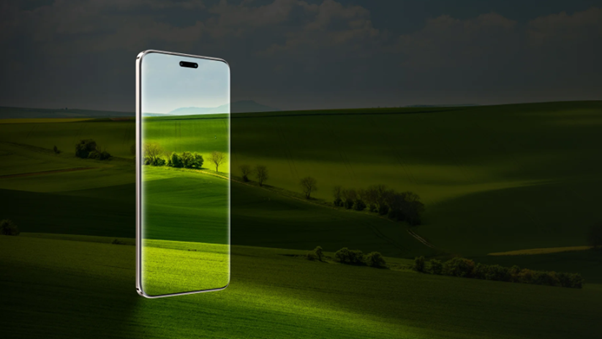What to Do When Your External Hard Drive Won't Show Up
Backing up your data is important, and while storing information on the cloud has become second nature to most, there's still nothing like having everything saved on a physical device.
External drives are simple: you plug them in, they appear on your computer, and you can drag files right on over. But if your drive isn't appearing when you plug it in, you might have a problem. Here are a few troubleshooting steps you can take to remedy the situation.
Make Sure It's Plugged In and Powered On
I know, I know, but hear me out: just because you plugged the drive into your computer doesn't mean it's necessarily receiving the power it needs. While some drives can draw enough power from your computer's USB port, others—especially larger drives not intended to be portable, like the Western Digital My Book—may require wall power to spin up.
If your drive came with an AC power adapter but you haven't plugged it in, try hooking it up (and pressing the power button, if there is one). If it came with two USB plugs, make sure they're both plugged into your PC. With any luck, your drive will appear normally once it gets the juice it needs.
Try Another USB Port (or Another PC)
If the drive still isn't working, unplug it and try a different USB port. It's possible the port in question is failing, or just being finicky with your specific drive. If it's plugged into a USB 3.0 port, try a USB 2.0 port. If it's plugged into a USB hub, try plugging it directly into the PC instead. You might also try it in another computer.

If you're a multi-platform household, I'd especially recommend trying it in a computer that runs another operating system—e.g., if you can't get the drive showing up on a Windows PC, try plugging it into a Mac. It's possible the drive just isn't formatted for the computer you're trying to use, and you'll need to copy that data onto a drive that's formatted for cross-compatibility.
Update Your Drivers
Occasionally, Windows runs into driver issues that will render a device unrecognizable. Open the Start menu, type "device manager," and press Enter when the option appears. Expand the Disk Drives menu and the Universal Serial Bus menu to see if your external drive appears in either set. If you see an entry that looks like your drive with a yellow exclamation mark, right-click on the device and choose Properties—you may find an error code you can Google. You can also head to the Driver tab and try updating or uninstalling the driver and rebooting your computer.
Usually, hard drives just use Windows' built-in USB and hard disk drivers, so this isn't likely to fix a temperamental drive, but it's worth a shot. (You can also try downloading drivers from the drive manufacturer's website, but again, that's probably a long shot.) Check out our guide to updating your drivers for more details on this process.
Enable and Format the Drive in Disk Management
If your drive is powered on but still isn't appearing in File Explorer, it's time to do some digging. Open the Start menu and type "disk management," and press Enter when the Create and Format Hard Disk Partitions option appears. Once Disk Management loads, scroll down to see if your disk appears in the list. If it does, make sure it's online and formatted. If it's offline, right-click the disk's name (e.g. “Disk 2”) and choose Online.
If the disk hasn't been formatted (it'll say "Unallocated" under a black bar), right-click it and choose New Simple Volume. This will also solve the problem if the drive is formatted for another operating system, as described above. Be warned that formatting it will erase any data on the drive, so only continue if you're sure you don't need anything from it.
Finally, if your drive is online and formatted, but doesn't show a drive letter next to its name, right-click the volume and choose Change Drive Letter and Paths to add a drive letter. If you're lucky, one of these simple steps should get your new drive up and running.
Clean the Disk and Start From Scratch
In some more specific cases, the drive will appear in Disk Management, but merely formatting the drive won't work. This is extremely common with SD cards formatted with Linux distributions for the Raspberry Pi, for example.
To regain your drive's full capacity, you'll need to run Windows' "clean" command, which will return the drive to a completely unformatted state. Again, this will erase anything on it, so only continue if you have no other options—and make extra sure you're cleaning the correct disk, or you could lose a lot of data.
Open the Start menu, type "diskpart," and press Enter to open the run command. When the prompt appears, type "list disk" and press Enter to see the disks plugged into your system. If you see the drive in question appear—pay close attention to its size—make a note of its name. We'll use "Disk 2" in this example.
Type "select disk 2" and press Enter to select the disk you want to clean. Finally, type "clean" and press Enter. This will erase the disk, at which point you can follow the above steps to format it from the Disk Management console.
Remove and Test the Bare Drive
If none of the above options work, you should remove the drive from its external enclosure and test the drive on its own. The components that convert that SATA drive into USB can fail, meaning the drive could be just fine if you connect it some other way.
If you have a desktop PC available, and the technological know-how, you can open it up and plug the drive directly into your motherboard. If not, buy a new external SATA-to-USB adapter dock or enclosure, plug your bare drive into that, then connect that to your PC over USB.
If it works, then your old enclosure (or its power supply) may be dead. If your drive still isn't recognized, you may have a dead drive. Contact the manufacturer to see if you're still under warranty, and make sure your other hard drives are in working order.
Our Favorite External Hard Drives
If your drive is beyond repair, it might be time for a new one. Check out PCMag's roundup of the best hard drives, wireless drives, and rugged drives. We also have roundups of the best drives for Mac.








